Thanks to paleontology, we now know a great deal about the fearsome hunters of the Mesozoic. From Late Jurassic rocks in North America to Cretaceous beds in China and Africa, fossils of meat-eating dinosaurs are abundant. These mostly bipedal predators were key to ancient food webs: they regulated populations of other animals and helped keep ecosystems in balance.
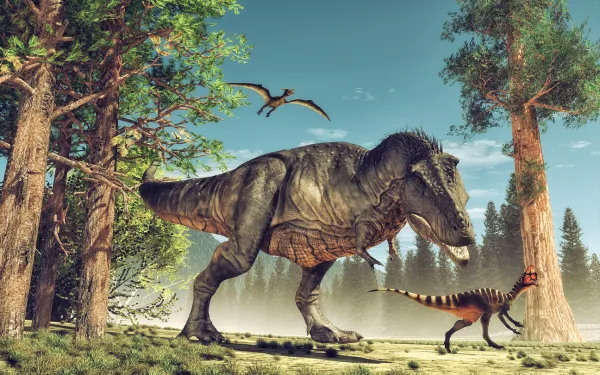
Shared traits of carnivorous dinosaurs & when they lived
What carnivorous dinosaurs ate
Types of carnivorous dinosaurs (by habitat & strategy)
Name list (with brief notes)
Spotlight species
Tyrannosaurus rex
Velociraptor
Allosaurus
Spinosaurus
Largest and smallest examples
Carnivores in Jurassic Park/World—and common mix-ups
FAQs & further reading
Bipedal locomotion: Powerful hind limbs for running and pouncing; forelimbs freed for grasping, slashing, or bracing.
Curved, serrated teeth: Blade-like or conical depending on prey; perfect for cutting muscle and tendons.
Skull built to bite: Robust jaws, strong necks, and—in some groups—mobile joints within the skull that helped swallow big chunks.
Lightened skeleton: Many long bones were hollow, improving agility (to varying degrees among groups).
S-shaped neck: Raised the head above the back for wider vision and rapid strikes.
Sharp claws: On hands and feet for seizing prey and tearing flesh.
The “age of dinosaurs” is the Mesozoic Era (Triassic, Jurassic, Cretaceous; ~252–66 million years ago).
Non-avian dinosaurs went extinct at the end of the Cretaceous (~66 Ma). Birds are dinosaurs that survived into the Cenozoic and today.
You may see looser statements extending “the dinosaur era” into the Cenozoic; strictly speaking, only avian dinosaurs (birds) continued.
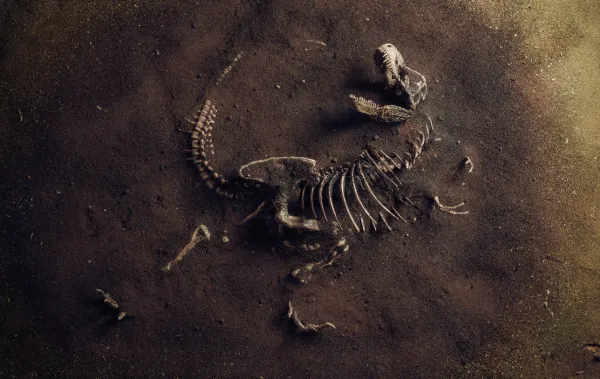
Most were generalist meat-eaters, while others specialized. Evidence comes from tooth marks, healed injuries, gut contents, coprolites, stable isotopes, and the sediments they’re found in.
Typical items:
Other dinosaurs (especially small to mid-sized herbivores/omnivores; sometimes smaller carnivores)
Small mammals
Lizards and amphibians
Fish (notably in spinosaurids)
Carrion: many were opportunists and would scavenge carcasses when available
Terrestrial carnivores: The vast majority of theropods (e.g., T. rex, Allosaurus, Velociraptor).
Semi-aquatic/shoreline hunters: Spinosaurids show strong adaptations for fishing (long, narrow snouts; conical teeth; aquatic-friendly tails/limbs).
Important correction: there were no “marine dinosaurs.” The seas were ruled by marine reptiles (not dinosaurs):
• Ichthyosaurs, plesiosaurs/pliosaurs (e.g., Kronosaurus), and mosasaurs (e.g., Mosasaurus). These groups are not dinosaurs.
Scavenging-leaning: Slender jaws suited to pulling soft tissues from carcasses.
Pack or coordinated hunting: Multiple individuals cooperating to tackle larger prey (evidence varies by group).
Solitary apex predators: Massive forms with crushing bites able to subdue large prey alone.
Some classic “carnivores” were likely omnivores; we flag those where relevant.
Dilophosaurus (“double-crested lizard”): Early large theropod with twin skull crests.
Carnotaurus (“meat-eating bull”): Short snout, eyebrow “horns,” extremely short forelimbs; built for speed.
Ceratosaurus (“horned lizard”): Pronounced nasal horn; strong jaws and serrated teeth.
Velociraptor: Small, agile dromaeosaur with a lethal sickle claw; evidence shows it had feathers.
Tyrannosaurus rex: Late Cretaceous apex predator of North America; phenomenal bite force.
Allosaurus: Common Late Jurassic giant predator of North America and Portugal.
Albertosaurus: A smaller tyrannosaurid relative of T. rex from Canada.
Spinosaurus: Long-snouted, sail-backed, fish-eating specialist; semi-aquatic adaptations.
Elaphrosaurus: Slender, long-legged sprinter.
Coelophysis: Early small theropod; famous for mass bonebeds.
Compsognathus: Tiny predator of small vertebrates.
Gallimimus: Toothless beak; often listed with carnivores historically, but likely omnivorous.
Oviraptor: Toothless beak; likely omnivorous (eggs, invertebrates, small animals).
Noasaurus: Small Gondwanan predator.
Herrerasaurus, Staurikosaurus: Late Triassic early predatory forms.
Segnosaurus: Now placed with therizinosaurs and thought to be primarily herbivorous—included here as a historical note.
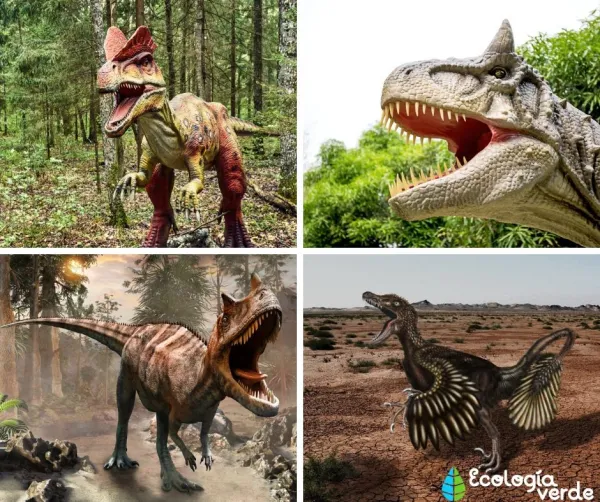
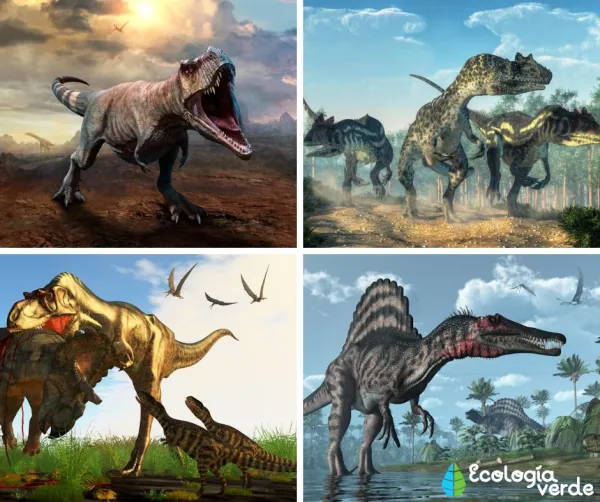
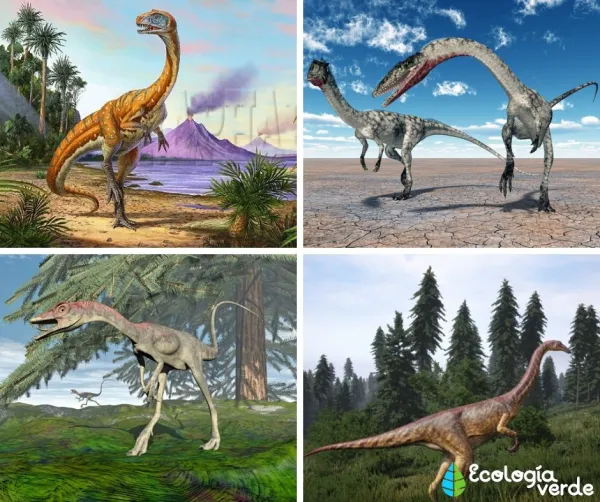
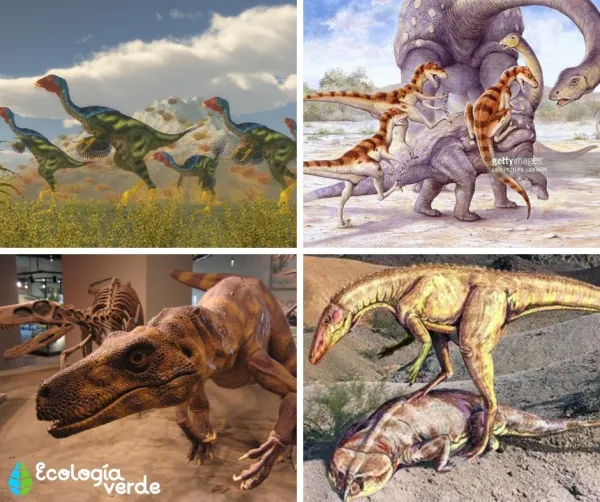
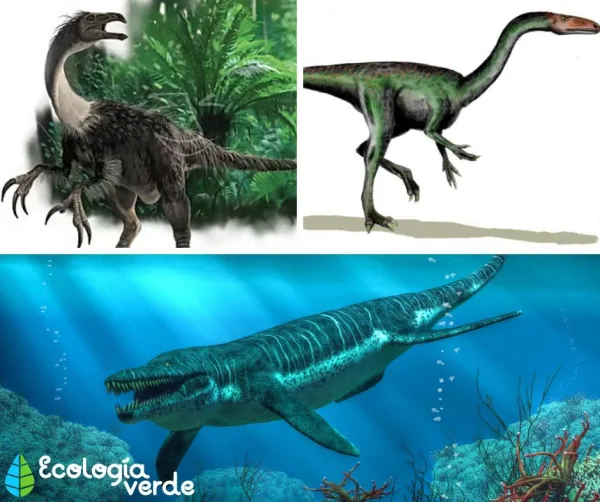
Kronosaurus is a pliosaur (marine reptile), not a dinosaur.
Age & range: Late Cretaceous, North America.
Size: ~12–13 m long; ~6–9 tonnes (estimates vary). Huge skull and thick teeth produced crushing bite forces; robust hindlimbs enabled bursts of speed; short arms likely aided rising from rest or bracing prey.
Feeding: Best viewed as an opportunistic apex predator—both active hunter and scavenger. Bite marks and biomechanical models show it could tear ligaments and even crush bone, swallowing large chunks.
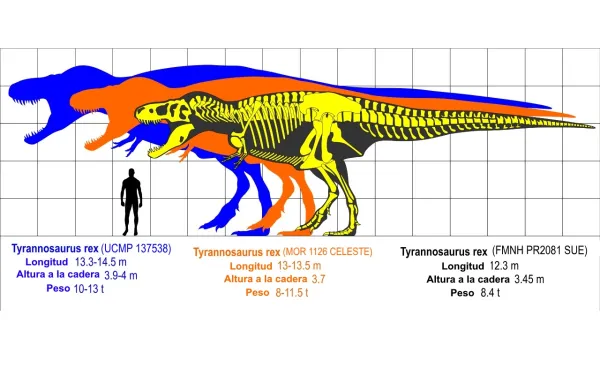
Age & range: Late Cretaceous, Mongolia and nearby parts of Eurasia.
Build & weapons: ~2 m long; ~15–20 kg. The sickle claw on the second toe was held off the ground while running to keep it sharp; forelimbs also bore sharp claws. Feathered.
Behavior: Evidence for group associations exists, but long-term pack hunting remains debated; coordinated attacks were likely in at least some scenarios.
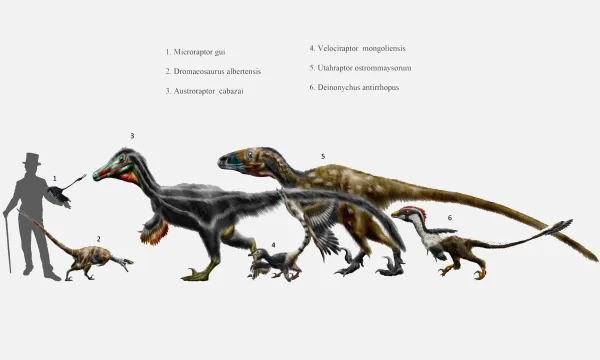
Age & range: Late Jurassic of North America and Portugal.
Traits: Adult skull up to 80–90 cm; jaws lined with serrated teeth; strong hand and foot claws.
Diet: Likely preyed on stegosaurs and sauropods. Some studies propose a “hatchet bite” style—neck-driven strikes to open large wounds.

Age & range: Middle–Late Cretaceous, especially North Africa; close kin in Europe and South America.
Hallmarks: Estimated 14–16 m long (varies by reconstruction); towering neural spines created a sail; long narrow snout and conical teeth ideal for fish. Limbs and tail show semi-aquatic adaptations.
Sail function: Hypotheses include display, thermoregulation, and species recognition—no single idea has universal agreement yet.
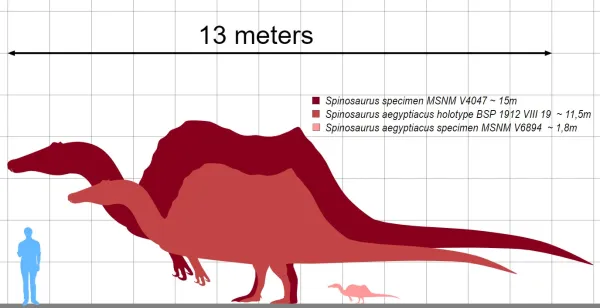
Spinosaurus (~14–16 m; semi-aquatic traits)
Tyrannosaurus rex (~12–13 m)
Carcharodontosaurus, Giganotosaurus (~12–13 m; giant predators of Africa/South America)
Allosaurus (~8–12 m)
Saurophaganax (~10–11 m; an allosaur-grade giant)
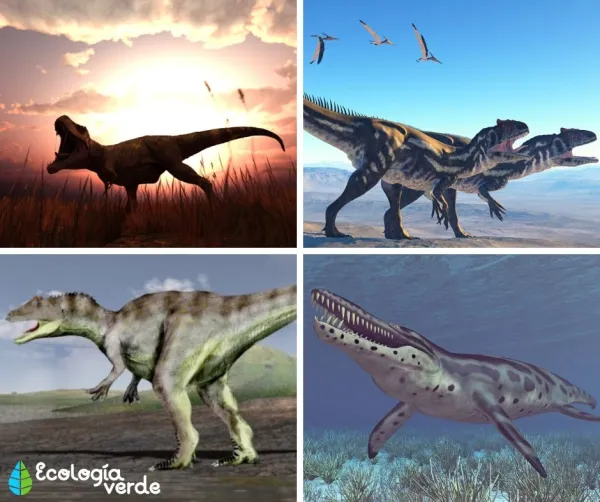

Your original list included Kronosaurus (~10 m), which is a marine reptile, not a dinosaur.
Compsognathus (~0.7–1.4 m)
Segisaurus (~1 m)
Ornitholestes (~2 m)
Saurornithoides, Stenonychosaurus (~2 m; reassignments exist; diets may have been mixed)
Deinonychus (~3 m)
Coelophysis (~3 m)
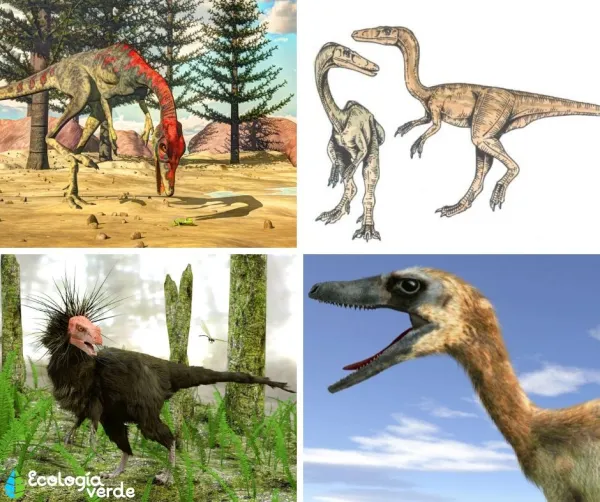
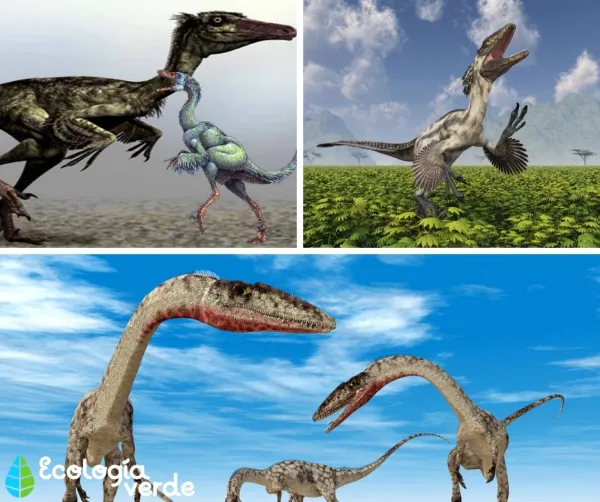
On-screen “carnivores”:
Tyrannosaurus rex, Velociraptor, Spinosaurus, Baryonyx, Suchomimus, Ceratosaurus, Metriacanthosaurus, Gallimimus (likely omnivorous in reality).
Not actually dinosaurs:
Pteranodon, Dimorphodon → pterosaurs (flying reptiles)
Mosasaurus → marine reptile (a giant sea lizard)
Fictional hybrids:
Indominus rex, Indoraptor
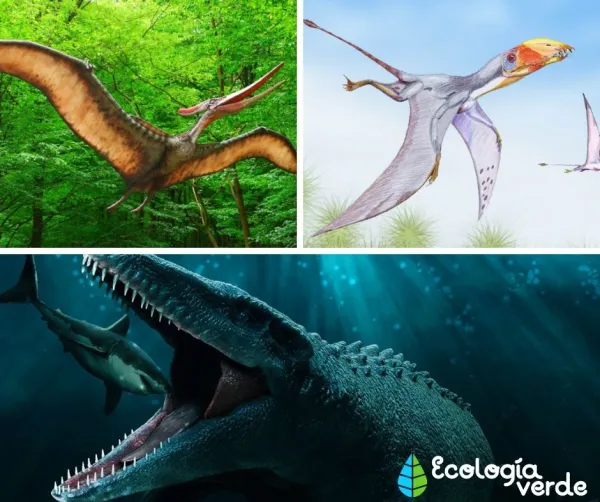
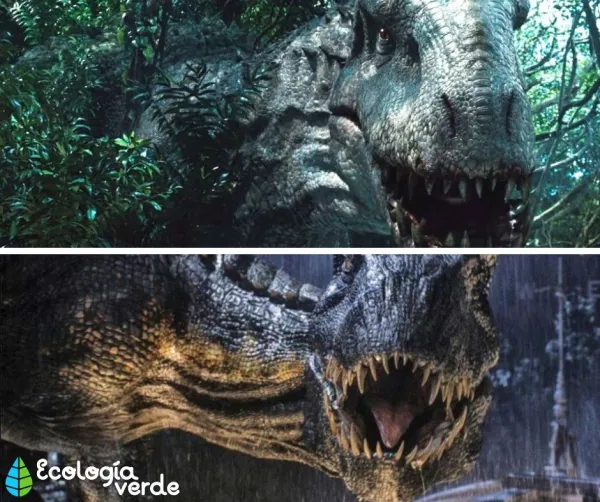
Do carnivorous dinosaurs always hunt in packs?
No. Evidence suggests both cooperative and solitary strategies, depending on species and situation.
Was T. rex a scavenger or a hunter?
Likely both—an opportunistic apex predator that hunted when it could and scavenged when it was efficient.
Were there “sea dinosaurs”?
Strictly, no. Oceans were dominated by marine reptiles (ichthyosaurs, plesiosaurs/pliosaurs, mosasaurs). Dinosaurs were primarily terrestrial (with birds as flying dinosaurs).
Did Velociraptor have feathers?
Yes—Velociraptor and many close relatives had feathers. Feathers likely evolved first for insulation or display and later enabled flight in the bird lineage.
Carnivorous dinosaurs were the Mesozoic’s top engineers of terrestrial ecosystems. Their anatomy and strategies reveal how evolution shapes predators—and how those predators, in turn, shape entire communities.
Bibliography
Norman, D. (1992) Illustrated Encyclopedia of Dinosaurs: A Complete and Exciting Journey Through the World of Dinosaurs. Susaeta Publishing House, 50-92.
Sanz, J.L. & Buscalioni, A.D. (1990) Dinosaurs and Their Biotic Environment: The Evolution of Carnivorous Dinosaurs. Proceedings of the Second Paleontology Course in Cuenca. Cuenca City Council, pp. 125-151.
animal tags: carnivorous dinosaurs
We created this article in conjunction with AI technology, then made sure it was fact-checked and edited by a Animals Top editor.